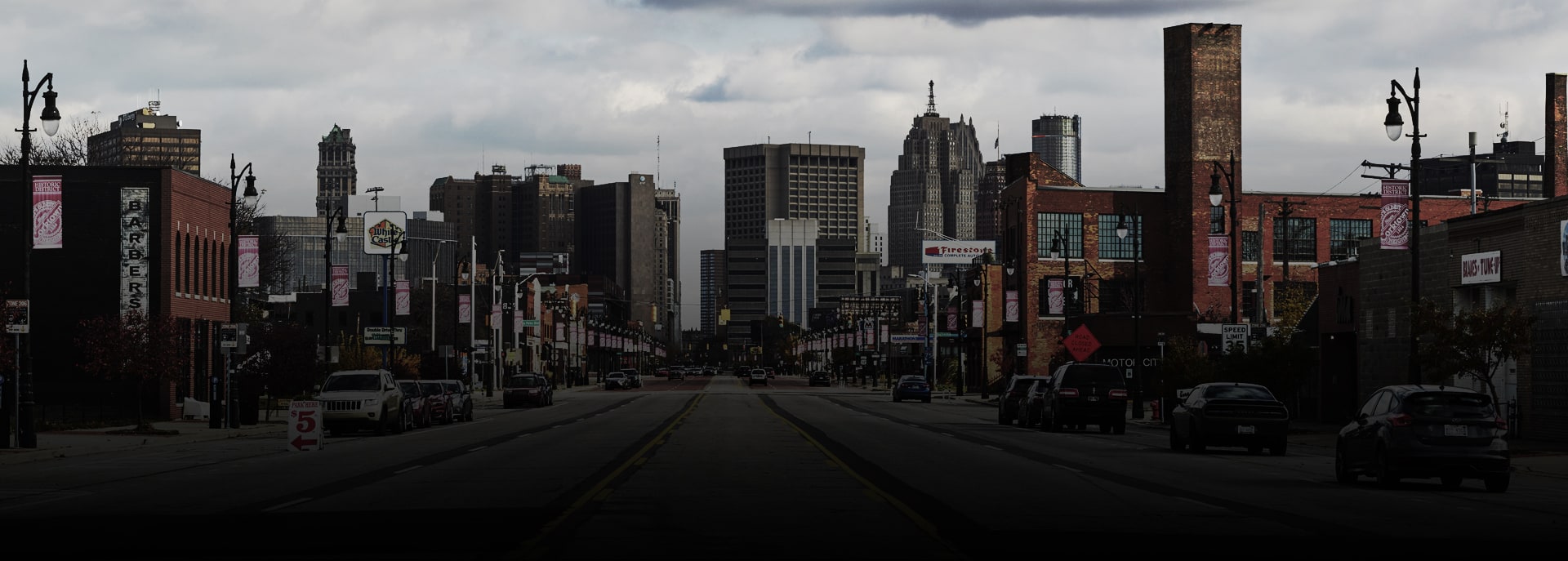In the post WWII era, Michigan’s economy was a model for the world. As the “birthplace of the middle class,” Michiganders set the bar for a rising standard of living and more inclusive prosperity. Detroit’s emergence as a preeminent manufacturing hub, improved working conditions and rising wages won by labor groups, and significant public investment in infrastructure, education, and social programs drove rapid increases across the socioeconomic spectrum. Income inequality shrank, racial disparities declined to the lowest anywhere in the nation, and home ownership and educational attainment skyrocketed.
Yet starting in the 1970s, alongside the taxpayer rebellions playing out across the country, many of these indicators began to level off, and in some instances, reverse. Since then, Michigan has fallen behind most states in household earnings, economic mobility, educational performance, income inequality, racial disparities, and infrastructural integrity. The causes of these reversals are many and complex. But the state’s low-tax, anti-spending economic strategy tracks their fall, just as it does in many other states and communities nationwide.













